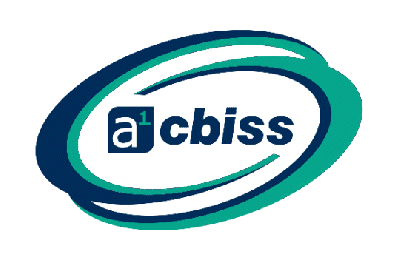Isocyanates are a class of highly reactive and powerful compounds that produce superior-quality products. Used across the manufacturing industry, isocyanates a regarded as a benchmark for high performance. But isocyanates have a dark side too which can lead to poor health.
Where Are Isocyanates Used?
You may come in contact with isocyanates in jobs where spray painting or foam-blowing is needed such as automotive painting and manufacturing.
The two most common forms are Toluene Diisocyanates (TDI) and Methylene Diphenyl Diisocyanate (MDI). Exposure to these isocyanates can occur during the manufacture of many polyurethane products, such as:
- > Polyurethane paint or foam, polyurethane rubber, surface coatings and adhesives
- > Manufacture of flexible or rigid foams
- > Insulation materials, packaging materials
- > Furniture, laminated fabrics, foam mattresses, under-carpet padding
- > Car seats and even shoes
Additionally, isocyanate exposure may occur during the welding, burning, or thermal degradation of any of these or other polyurethane-coated painted products.
What are Some of the Health Effects of Isocyanate Exposure?
The health effects associated with isocyanate exposure can include;
- > skin irritation – respiratory illnesses also can be caused by isocyanate exposure to the skin.
- > eye irritation
- > chest tightness
- > breathing difficulties including occupational asthma
- > Possibility of severe adverse effects within the respiratory tract
When spraying polyurethane paints or foam, the major hazard is dermal exposure, but workers should also avoid breathing the aerosol droplet (mist).
Actions for a Safe Workplace
The Control of Substances Hazardous to Health (COSHH) Regulations says you must protect against the risks from isocyanates. Employers must ensure employees are not exposed to isocyanate levels above the workplace exposure limits (WELs).
> Check the MSDS to determine if a product you are using contains isocyanates.
> Make sure that your employer has an air-monitoring program
Isocyanate levels in the air must be measured where there is a risk of exposure. If you use materials that contain isocyanates, your employer should measure your exposure to determine if you are overexposed.
Area Monitors
The ChemLogic provides continuous detection against the threat of isocyanates in the workplace. The system is capable of monitoring levels of isocyanates at multi-points. It is installed close to the source of emissions and is designed to alarm once workplace exposure thresholds are tested.
Benefits
- > Low risk of false alarms
- > Easily retrievable data for air monitoring program
- > Easy to service
- > Easy to startup & operate
- > Simple to install
- > Reduces tape usage during high concentrations
Handheld Device
The CLPX allows for spot measurement of isocyanates. It enables occupational hygiene employees to take spot measurements of isocyanates at various points within the workplace. The monitor can be used as an immediate alarm or for datalogging to record data over a longer period.
Benefits
> Using the built-in data logging capability and an SD card the CLPX can store up to 5 years’ worth of data.
> Constantly calculates a rolling 15-minute STEL
Personal Badges
Safeair Aromatic Isocyanates badge is a dual reading badge for Toluene Disocyanate (TDI) & Methyl Diphenyl Diisocyanate (MDI). This passive sample badge provides an immediate visual indication to warn the badge wearer of excessive isocyanate exposure.
Benefits
- > Ideal for monitoring between 15 minutes to 24 hours
- > Easy Calculation – Colour comparators are available for some badges making it easier to calculate exposure levels.
- > Save Money – Buy the Safeair System Starter Kit to make a cost saving on 10 dual isocyanate badges, a TDI colour comparison chart and 10 strap clips







